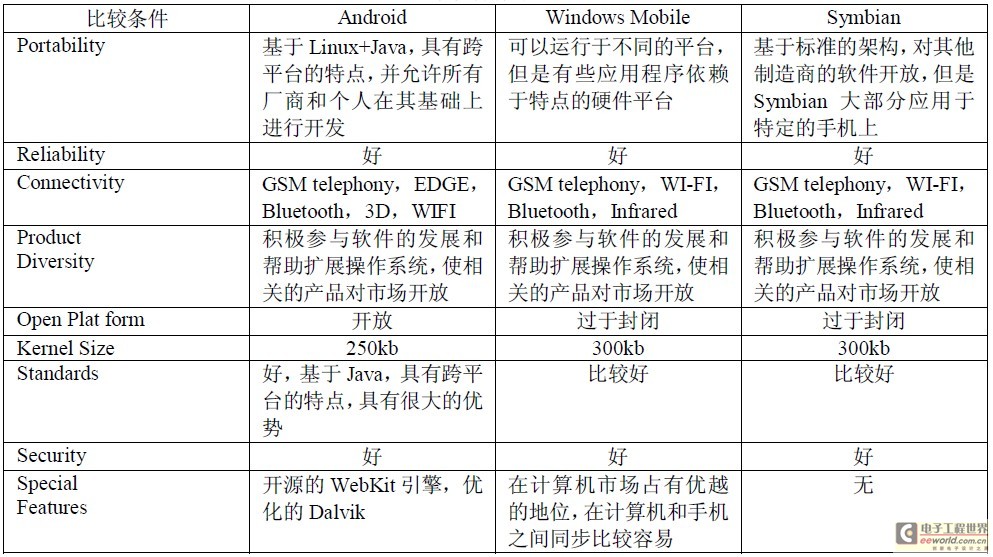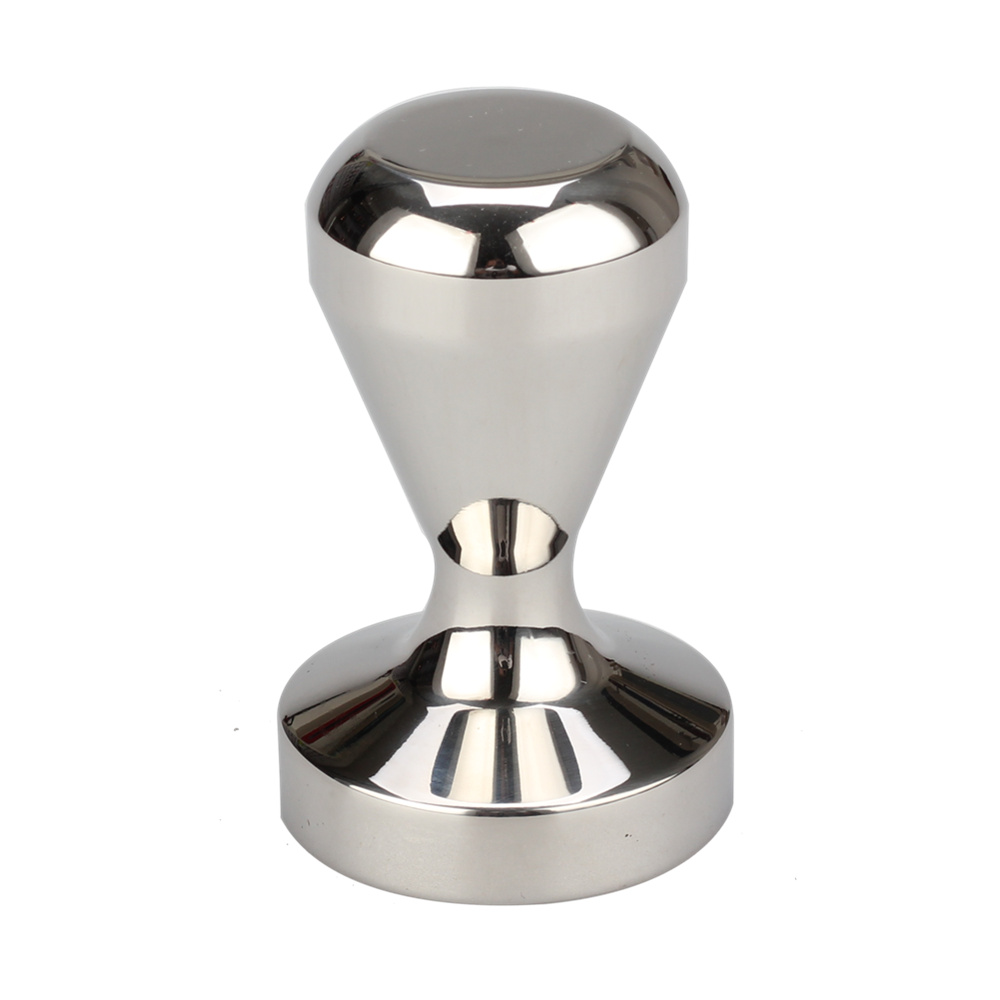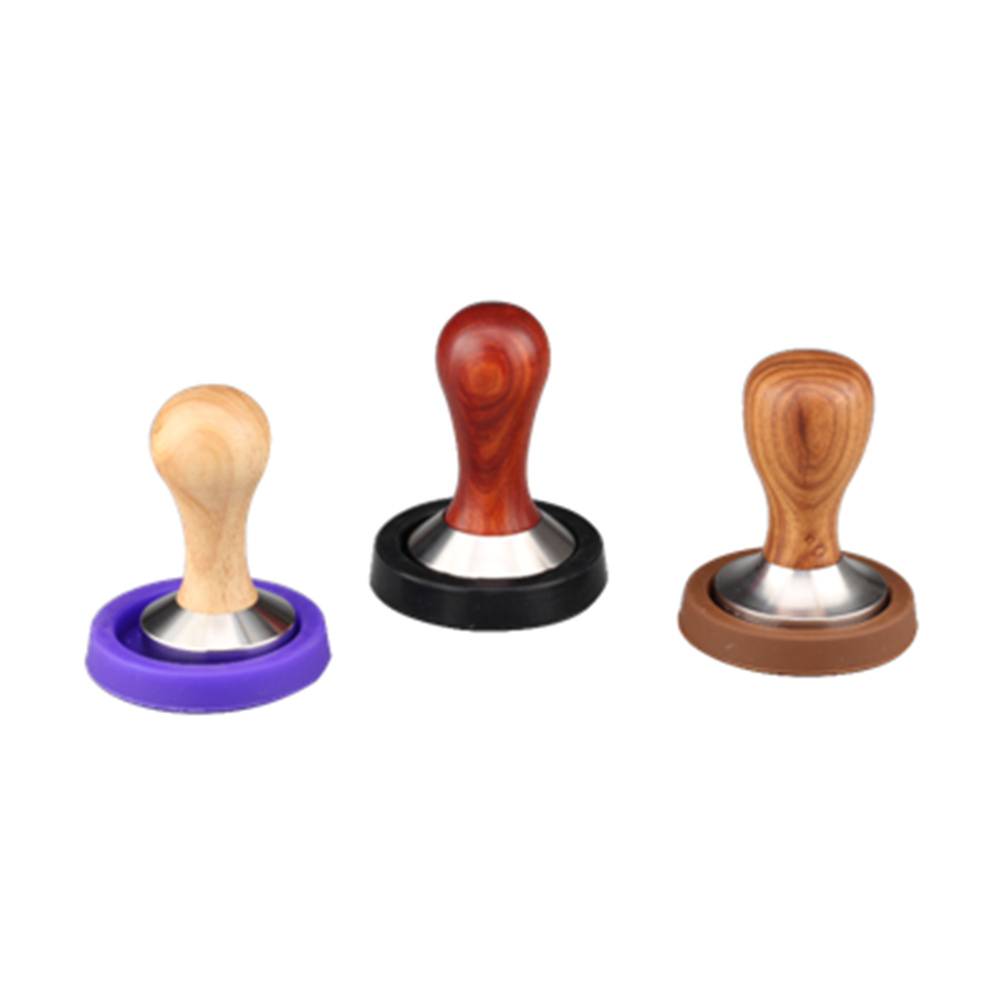Keywords: Android Abstract: With the development of mobile communication technology, mobile local personal digital libraries have become a new model of library development. Based on the development status of mobile libraries, this paper proposes a mobile local personal digital library based on Android and fat client / server model, and analyzes in detail the working mechanism of Android and the fat client / server model built in the mobile local personal digital library. Advantage. 0 Preface With the development of mobile communication networks and mobile terminals, mobile local personal digital libraries emerged at the historic moment. Using mobile phone mobile platforms to expand library services has become the development direction of libraries. The number of users who use mobile phones to surf the Internet has gradually increased. The short message platform and WAP website are currently the main models of mobile information services in digital libraries. Both models have certain limitations. With the development of smart phones, various mobile phone systems have emerged: Nokia's Symbian, Microsoft's WindowsMC, Apple's IOS and Google's Android, providing a good system platform for mobile terminal application development. The ability to directly access the network is improved, and the operation of storing data after the network disconnection can be realized. Android is an open mobile comprehensive platform developed by Google. It includes the Linux kernel, Android runtime library and other library layers, application frameworks, and applications. Using Android to develop and research mobile local personal digital libraries can promote system innovation, reduce development costs, and create distinctive digital libraries. 1 Application types of library mobile service technology 1.1 Mobile phone information service Mobile phone information services include traditional SMS (Short Messaging Service, short message service), MMS (Multimedia Messaging Service, multimedia short message service). The use of mobile phone information services in the library has improved the work efficiency of the library. The mobile phone SMS service is fast and convenient; receiving SMS is free, and the cost of sending SMS is low; SMS can be sent and received anytime, anywhere. When the other party's mobile phone cannot receive SMS, the sent SMS can be temporarily stored in the server; it can realize two-way interaction between the user and the administrator. Although the SMS service is convenient, economical and effective, it also has many shortcomings. The text message length of mobile phones is limited to 140 bytes, which is equivalent to 140 characters, or 70 Chinese characters; only simple queries can be made. 1.2 Thin client / server type The thin client / server type refers to that the client establishes contact with the server through a browser, and the thin client refers to a client application that uses a browser to provide an execution environment for an application (defined in HTML) user interface. The current popular technology is based on WAP and WML (Wireless Markup Language). The browser has certain security, data processing and state management functions, but it can only store a small amount of data through cookies, resulting in low interaction with the client environment, limited function expansion, and only simple business operations. In addition, And must be connected to the network for all operations, subject to network connection restrictions. 1.3 Fat Client / Server Type The fat client installs application software on the client machine. Unlike the thin client, after the client is disconnected from the server, a small amount of data stored on the client can also be used by the application software and complete some business operations independently. The thick client mode divides application processing into two parts: the processing performed by the user ’s desktop computer and the processing most suitable for a centralized server [2]. Its advantages are operation and full use of local storage resources, which can work offline , Fast response speed, small network transmission volume, high security; its shortcoming is that mobile terminals currently have a coexistence of multiple operating systems, you need to develop corresponding software for different platforms, there are many operation traces on the client, deployment and The update is complicated. In order to solve the difficulty of developing fat clients, there are currently two common solutions: software solutions, direct development of smartphone operating systems from the bottom to achieve unity, or provide virtual machines running on different smartphone operating systems , Application development is completed on a unified virtual machine, thereby reducing the difficulty of cross-platform development. 1.4 Smart Client Client / Server Type Smart clients are easy-to-deploy and manageable applications that provide an adaptive, fast-responsive, and rich interactive experience by coordinating the use of local resources and only connection to distributed data resources. Compared with B / S or C / S, only the client has obvious advantages. The user can run the program offline, can use local data or connect to the server database, and does not depend on whether the network is connected. Mobile communication equipment, due to network costs and network failures, may not be able to maintain the real-time network. Usually, mobile local personal digital library terminal equipment uses smart clients, and online query, online consultation, online reading and other instant services can be performed online. At the time of opening, it can manage the local personal digital library, edit and use the information collected and stored according to its own needs, and can select and control information resources according to their own hobbies, interests, and expertise, especially for online information. Remove the dross and extract the fines, more easily and quickly check the stored information, etc., and repeatedly query and learn the collected information. 2 Android-based mobile terminal application advantages With the popularity of mobile terminals and the development of mobile communication technology, mobile local personal digital libraries have increasingly higher requirements for mobile terminals, while Symbian, Windows Mobile, PalmOS and other mobile phone platforms are relatively closed and cannot meet the needs of users. The market needs a platform that is very open and very strong. With the development of 3G technology, mobile terminals are no longer just terminals of communication networks, but will also become terminals of the Internet. Therefore, the application software and required services of the mobile terminal will have a lot of room for development. Google launched a software platform specifically designed for mobile devices, Android, in November 2007. 2.1 Features of Android Development, the source code is completely open. The Android platform is mainly composed of applications, development libraries, operating environment and Linux kernel [3]. Among them, the applications include user interface, map, browser, address book and SMS programs, etc., and are all operated by the Java language. After completion, the user can use it visually and control all basic application functions and data: the development library mainly includes common functions used in system construction, including Media Framework, libc, SGL, Webkit, OpenGLES, FreeType, SQLite, etc. Application framework includes resources, messages, activity managers and visual objects; Dalvik virtual machine is modified and optimized by Google to be more efficient; SQLite open relational database takes less resources, runs faster, and is more suitable for use on mobile phones; Webkit It is an open source Android browser, which can be used as a search engine during development; Open GL ES is based on the 3D drawing engine specified by OpenGL ES 1.0, which can optimize the processing and display; the core of the multimedia framework, Open Core, supports multiple video and audio formats, such as MP3, AAC, MPEG4, JPG, PNG, GIF, etc., can easily develop multimedia applications; Android integrated map module, LocatiON interface and Maps interface make it easier to develop M-GIS (mobile geographic information system). 2.2 Android architecture and working mechanism The Android system platform consists of the following four layers: Linux kernel layer, development library layer, application framework layer, and application layer: (1) Linux kernel layer. Based on Linux 2.6 kernel development, it provides low-level services, such as memory management, process management, security mechanism, network stack and other driver modules, located between the software layer and the hardware layer. (2) Development library layer. Including the runtime library and other libraries, the Android runtime includes a set of core libraries (providing most of the functions in the Java language core library) and the Dalvik virtual machine. It also provides rich class library support, and open source, such as database SQLite, OpenGL ES, etc. (3) Application framework layer. Developers can have full access to framework APIs, just like core applications. The structured design simplifies the reuse between components, and all applications can distribute their own components or use distributed components. (4) Application layer. Android includes a core set of applications. Including e-mail client, SMS program, address book, calendar, browser, map, etc. There are four main types of applications on Android: activities, services, receivers, and ContentProvider. Activity is the most common form of Android application. An application can include one or more activities; a service (Service) is an application that runs "in the background", a service is an application without a UI; a receiver (Receiver) accepts requests and processes intents, and there are no UI elements; ContentProvider is an abstract mechanism for data storage. 2.3 Comparison of Android and other mobile operating systems From the mobile operating system Portablity, Relisbility, Connectivity, Product Diversity, Open Platform, Kernel Size, Standards, Security and Special Features, the comparison results are as follows: Table 1 Mobile phone operating system comparison table 3 Mobile local personal digital library mobile client function design The system can adopt the MVC design pattern, and the view is realized by the XML file in the res / directory, which separates the display layer very well, can enhance the reading line of the program, and is beneficial to the later maintenance of the system; the controller is realized by the interaction between the Activity and the user ; Model layer can use ContentProvider to achieve internal resource sharing system. (1) User and book management module [4]. User management is mainly for the registration, query and modification of account information of readers and librarians. Readers and administrators can directly log in to the system through the mobile client to perform account management; books Management refers to the retrieval, borrowing, reservation, renewal of books, etc. The borrowing module can prevent oneself from overdue borrowing, the renewal module can extend the time to open expired books, and the reservation module can reserve unreturned books. (2) Online reading module. This module should include the function of searching books online; reading books online in time; bookmark function, collecting reading resources, recording reading history, and facilitating the second reading; pre-reading next page function, making reading smoother; screen zooming and sliding page turning function Reading is more user-friendly. (3) Digital resource download module. You can download your favorite digital resources to the local mobile phone. When the network is disconnected, you can directly read the local resources, classify and manage the local resources, provide various resource readers; establish a full-text index to facilitate local search. It can be realized by Service, as a background service, not affected by other processes. (4) Local retrieval module. Local full-text search can be performed based on subject, title, author, keywords, abstract, etc. (5) Reader service module. In this module, readers can customize information and services according to their own interests, such as popular book recommendations, reviews, etc. According to customized services, the server-side information updates are pushed to the mobile client in time. (6) Library geographic location navigation module. Users can use it to easily find the location of the library. This function can be achieved with the Android integrated map module. 4 Conclusion At present, the mobile digital library has been greatly developed, but most of them are still based on the SMS and WAP modes, which have certain limitations. This paper analyzes the advantages of the fat client / server model and the Android operating system, and builds a local personal digital library model based on the Android platform. The system breaks the restrictions of the network, can access library resources at any time, and establish its own local library according to personal preferences. Mobile phones are currently the fastest-growing network mobile devices. The model of personal mobile local digital libraries breaks the traditional library model and provides room for library services.
The best barista coffeeware----Coffee Tamper. Which can help customers taste the best espresso .
About the coffee tamper ,we have many different kinds for you to select.
Coffee tamper with different kinds of wooden handle is our hot sell items.
The whole stainless steel coffee tamper also with high quality, we also have the color coffee tamper items.
Our customer usually combine the coffee tamper with the silicone tamper mat and the clean brush as one set to sell ,which is the selling point to catch the market.
Any items need to know more or any idea about it, please don`t hesitate to contact us.
Will be glad to hear from you.
Description of Coffee Tamper
Size : 49mm/51mm/58mm
Material: Body: SS304+wood/Aluminum
Color/wood type :customized
Finishing: Satin polishing ,Mirror Polishing ,Color painting
Logo: Laser logo, Etching logo, Silk printing logo, Embossed logo, Decal logo
MOQ : 2000 PCS
Packaging : White box, Mail box or Customized package
Sample Time : 7~10 days
Lead Time :60 days after have the deposit
Payment: T/T ,L/C or others
Payment term: 30% deposit before production and 70 % balance against the copy B/L
FAQ:
1:How can I get the sample?
We can provide the sample for customers to check the quality.
Please kindly provide the delivery info for calculate the sample cost. If you have DHL /TNT/UPS/FEDEX account, please also kindly provide it to us.
You can do the payment of sample via T/T and PayPal.
2:How about the sample time?
Usually the sample time is 7~10 days after have the sample cost.
3:How long will it take for mass production?
Usually 45~60 days after have the deposit.
4:Can we have our logo or company name to be printed on your products or the package?
Welcome OEM.
5:what certificate can you provide?
CE,CB,GS,FDA,LFGB,ROHS are available here.
6:How can we get your monthly new products announcement?
Please join our mailing lists.
Coffee Tamper Espresso Tamper,Barista Tamper,Espresso Coffee Tamper,Barista Coffee Tamper Jiangmen Wellway Houseware Co.,Ltd , https://www.wellwayhouseware.com


